Future. Resources on other planets
Future. Resources on other planets.
Conversations about mining on celestial bodies seem to be either absolute fantasy or a matter of the distant future. However, today there are people who are ready to translate these conversations into a practical plane and, little by little, turn science fiction into a business strategy.
The rapid development of space technology makes it possible to think that the colonization of outer space is a fully achievable and justified goal. Due to its proximity to Earth (three days of flight) and a fairly good knowledge of the landscape, the Moon has long been considered as a candidate for a place for the creation of a human colony. The absence of an atmosphere and lower gravity make it possible to build observatories on the lunar surface, equipped with optical and radio telescopes, capable of obtaining much more detailed and clear images of distant regions of the Universe than is possible on Earth, and servicing and upgrading such telescopes is much easier than orbiting observatories.
The moon also possesses a variety of minerals, including metals valuable for industry - iron, aluminum, titanium; in addition, in the surface layer of the lunar soil, the regolith, a rare on Earth isotope helium-3 has been accumulated, which can be used as a fuel for promising thermonuclear reactors. Currently, the development of methods for the industrial production of metals, oxygen and helium-3 from regolith is underway; found deposits of water ice.
As the planet closest to the Sun, Mercury has enormous reserves of solar energy. The amount of incoming solar energy per unit area here is 9.13 kW / m² (for the Earth and the Moon - 1.36 kW / m²). Since the inclination of the axis of Mercury to the axis of the ecliptic is insignificant (approximately 0.01 °) [3], there is a possibility that there are peaks of eternal light at the heights of the poles.
It is assumed that the soil of Mercury contains a large supply of helium-3, which can become an important source of clean energy on Earth and a decisive factor in the development of the economy of the solar system in the future. In addition, Mercury may have large deposits of rich ore available for mining.
Colonizing Jupiter is a much more difficult task than all of its moons. It is assumed that first settlements will be organized in the cloudy atmosphere of the gas giant, then gas processing on its surface will begin, and that Jupiter, Saturn, other gas giants and brown dwarfs (if they exist) will be populated in a similar way. Even if you throw off all the gases from the surface of Jupiter, the core will remain 3-4 times larger and 10 times more massive than the Earth. Jupiter's surface itself is ~ 124 times larger than Earth's. The ratio is roughly the same for other gas giants and brown dwarfs in other star systems. But Jupiter is surrounded by a magnetosphere that emits radiation that is destructive for all living things. It also has a strong gravity and a small amount of heavy elements, which means that all elements heavier than helium must be carried by the colonists from Earth. Likewise for Saturn.
On Mars, hematite spheres rich in iron ore are called Martian spheroids. The latter are not of interest to the industry and can only be of value to collectors.
Judging by the data of the Soviet research vehicles Venera 13, 14 and Vega 2, the concentration of silicon, aluminum, magnesium, iron, calcium, potassium, titanium, manganese and sulfur in the Venusian basalts depends on the location, but generally corresponds to their concentration on Earth.
However, these minerals are unlikely to be mined - the pressure on Venus is 92 times higher than on our planet. The average temperature is 460 ° C - more than on Mercury, located twice as close to the Sun.
The asteroid belt is the main candidate for mining on space bodies and the most distant from the Earth among the above space bodies: the distance from our planet to the nearest point in the asteroid belt is 1.2 AU. (180 million km).
Asteroids in the belt are divided into two types: water and rock-metal. The former contain a large amount of water. They are, in general, useless for earthlings, but can be an extremely valuable resource for future space colonists: one "water" asteroid can be enough for many, many years to supply a space colony. This type of asteroid is the most widespread, “water” asteroids about 75% in our solar system.
The potential scale of mining in space is estimated at trillions of dollars. For example, the cost:
resources in the asteroid belt - $ 700 quintillion or $ 100 billion for each inhabitant of the Earth;
average platinum (platinum-rich) asteroid - about $ 3 trillion;
a celestial body with frozen water - about $ 5 trillion;
How to work in zero gravity?
Several technologies are offered:
- open pit mining (for example, material is scraped off the surface using a bucket or auger);
- mining in mines (if the open method is impossible, it is necessary to build mines and transport systems to deliver ore to the surface and to the processing center);
- collection of metals from the surface using magnets (space objects with a high metal content are covered with loose rocks, which can be collected using special magnets);
- extraction using thermal action (water and various volatile compounds of gases, such as hydrogen, on the nuclei of degenerated comets);
- bio-mining (the use of microorganisms to extract metals from rocks or mines).
Natural material can be transported to Earth for recycling, or recycled on site. If the idea of putting objects into near-earth orbit with optimal gravity conditions can be realized, the organization of constant production will become a reality.
Exploration of extraterrestrial depths will require robotic stations and space infrastructure. Projects for orbital factories are already emerging, i.e. production of products in space. The first device for such work was a 3D printer created by Made In Space (USA).
The basis of international space law is the Outer Space Treaty (signed in 1967 by the USSR, the USA and Great Britain, today there are more than 100 members). According to the document, celestial bodies cannot be private or national property. Production conditions are not specified for them.
The first law to regulate such activities was passed in the United States of America in 2015 (US Commercial Space Launch Competitiveness Act). One of its articles reads: “A US citizen engaged in the commercial extraction of resources on an asteroid or other space resources has the right to any obtained asteroid or other space resource, including the right to own, transport, use and sell it in accordance with applicable law, including US international obligations ”.
In Europe, Luxembourg became the legal center of the emerging industry. In 2017, a law came into force here, legalizing the ownership of companies in the space resources they have extracted. To operate in the legal field, miners of celestial bodies must have an office in this country and obtain written permission from the government.
Read also:
The future of social networks music
The future of social networks movie
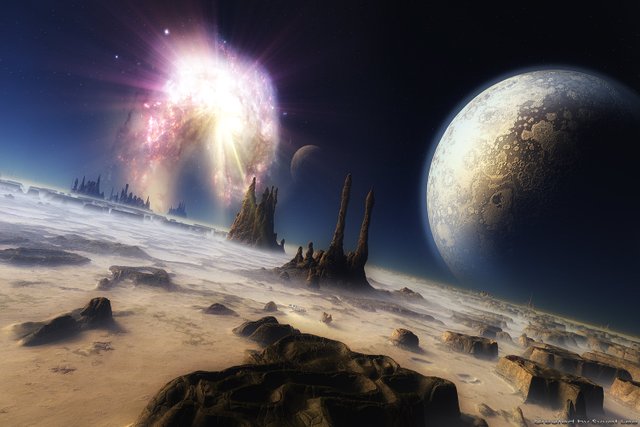
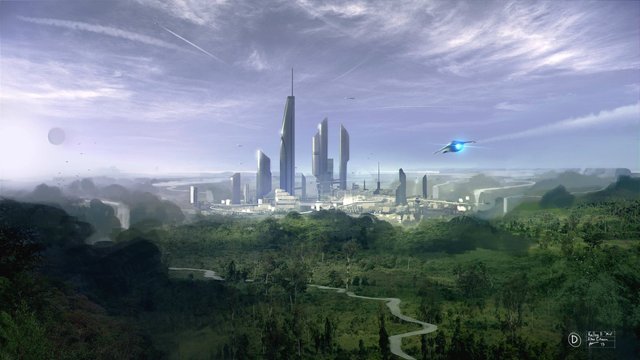
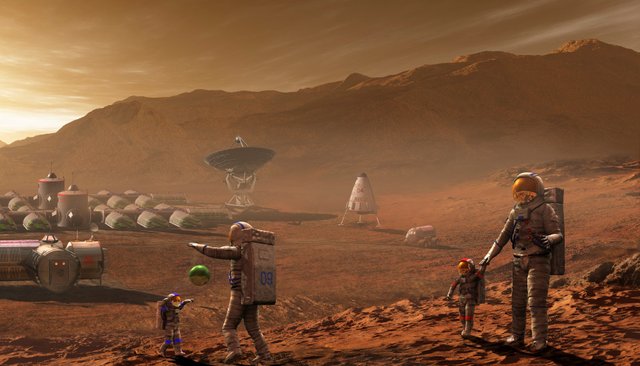
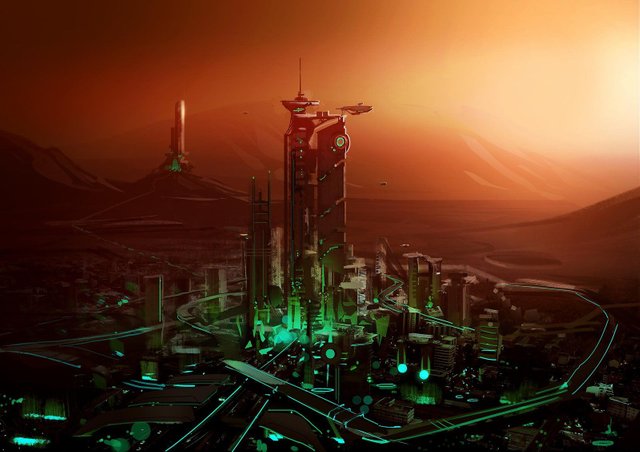
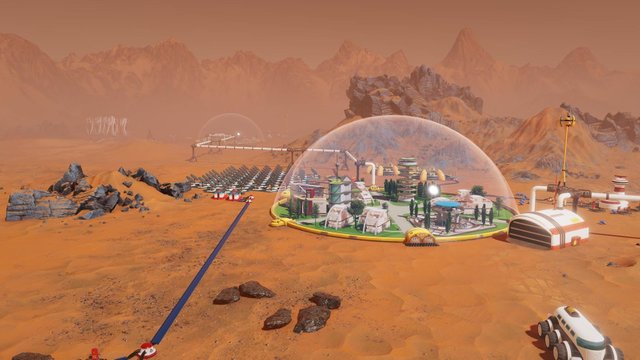
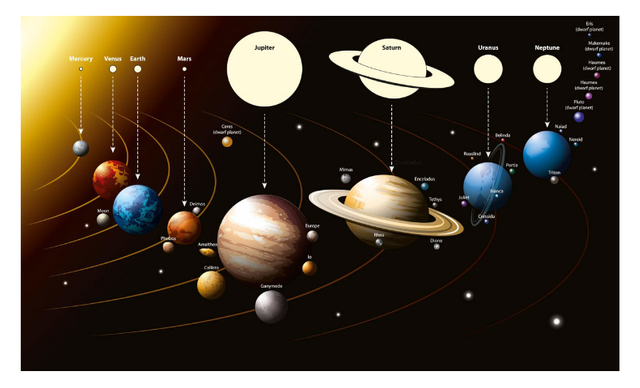
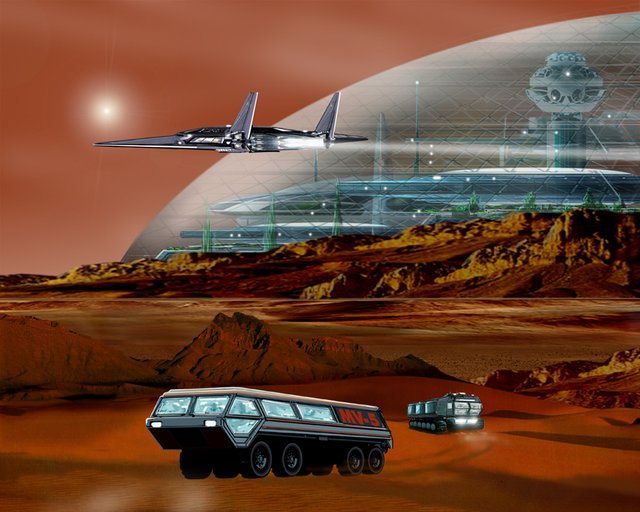
Really great information on the topic,the recent research on the study of space has opened our eyes to lots of discoveries on space and our own dear planet, great information you've shared.
Interesting, although I don't think this can happen in the next 200 years, but as long as the predator mentality is not changed everything man achieves will be ephemeral because it will destroy him.
We are getting closer toward this reality